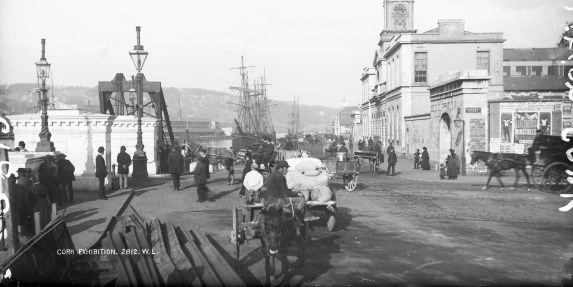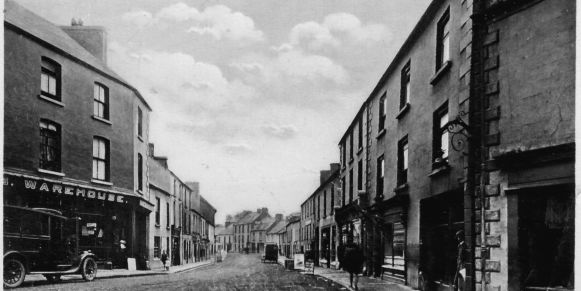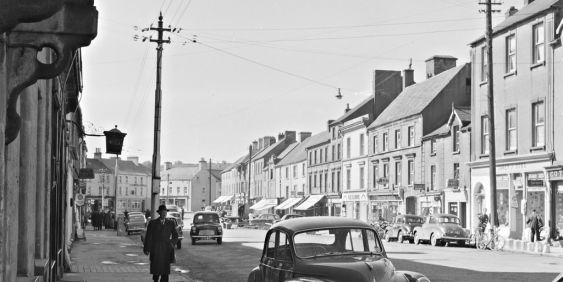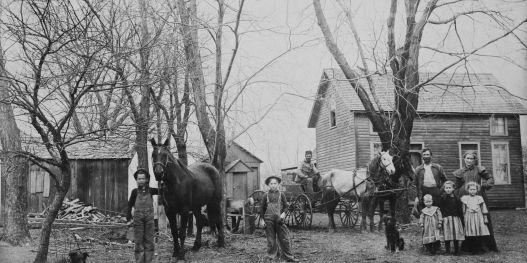Ireland & Britain
England & Scotland
Travel Stories
Interests & Hobbies
Outdoors & Activities
Advice for Visitors
About My Ireland Tour
News & What's On

We came across these images of historic Ireland and were captivated by the stories they tell and by how much they reveal about life in Ireland over the past 150 years. While much has changed in that time, a surprising amount has remained the same.
Intrigued and inspired, we wanted to see how Ireland had changed over time by capturing the same scenes today. Initially, we headed out to take our own photos, capturing what these same Irish scenes look like today. In other regions, we even used Google Street View to give a 360° interactive experience of the scene.
Fashion and architecture, modes of transport and advertising, all have changed drastically over the past century and a half. But perhaps most fascinating are the details which have not changed; the buildings, businesses and landmarks which Irish people walk past every day, and the little human touches which make Ireland what it was then and what it is now.

Cork Then and Now. Zoom in to see the historic details of what locals call the Real Capital of Ireland.

Donegal Then and Now. Witness the history of a community whose culture remains unique and unspoiled .

Tipperary Then and Now. An interactive look at Tipperary today and in days gone by.

Wexford Then and Now. The human face of a community in change over a century of upheaval.